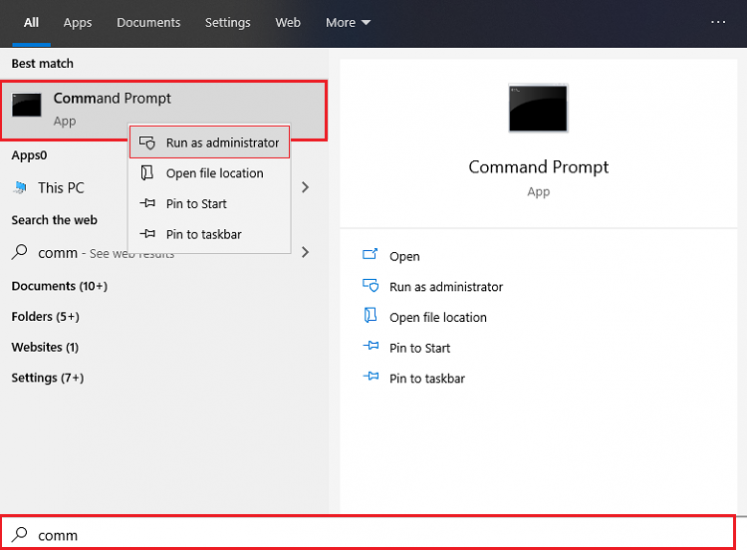
Follow the below steps to add Android emulator to Windows path.ġ. That way, you don’t have to go to the SDK folder manually just to launch the virtual device. However, if you are going through this procedure frequently, then you can make your life easier by adding the Emulator folder as an environment variable to the Windows path. If you only launch AVD manager without Android Studio occasionally, then the above method is good enough. (Optional) Add Android Emulator to Windows Path If you do, the device will be turned off. You can access all the settings of the virtual device too.įinally, do not close the PowerShell or Command Prompt window while the virtual device is running. As soon as you execute the command, the AVD manager will launch the virtual device.Ħ.

Don’t forget to replace with the actual device name you got from the above command.\emulator.exe -avd " "ĥ. Now, execute the below command to launch the virtual device. In my case, there is only one virtual device.\emulator.exe -list-avdsĤ. So, execute the below command and it will list all the devices with their names.
/devmgmt-command-prompt-57e3ddcd3df78c690f2405d8.png)
To launch Android emulator, we first need to know the name of the virtual device. Note: If you are using Windows 7 or 8, you will Open Command Prompt Here option, select it.ģ.


 0 kommentar(er)
0 kommentar(er)
